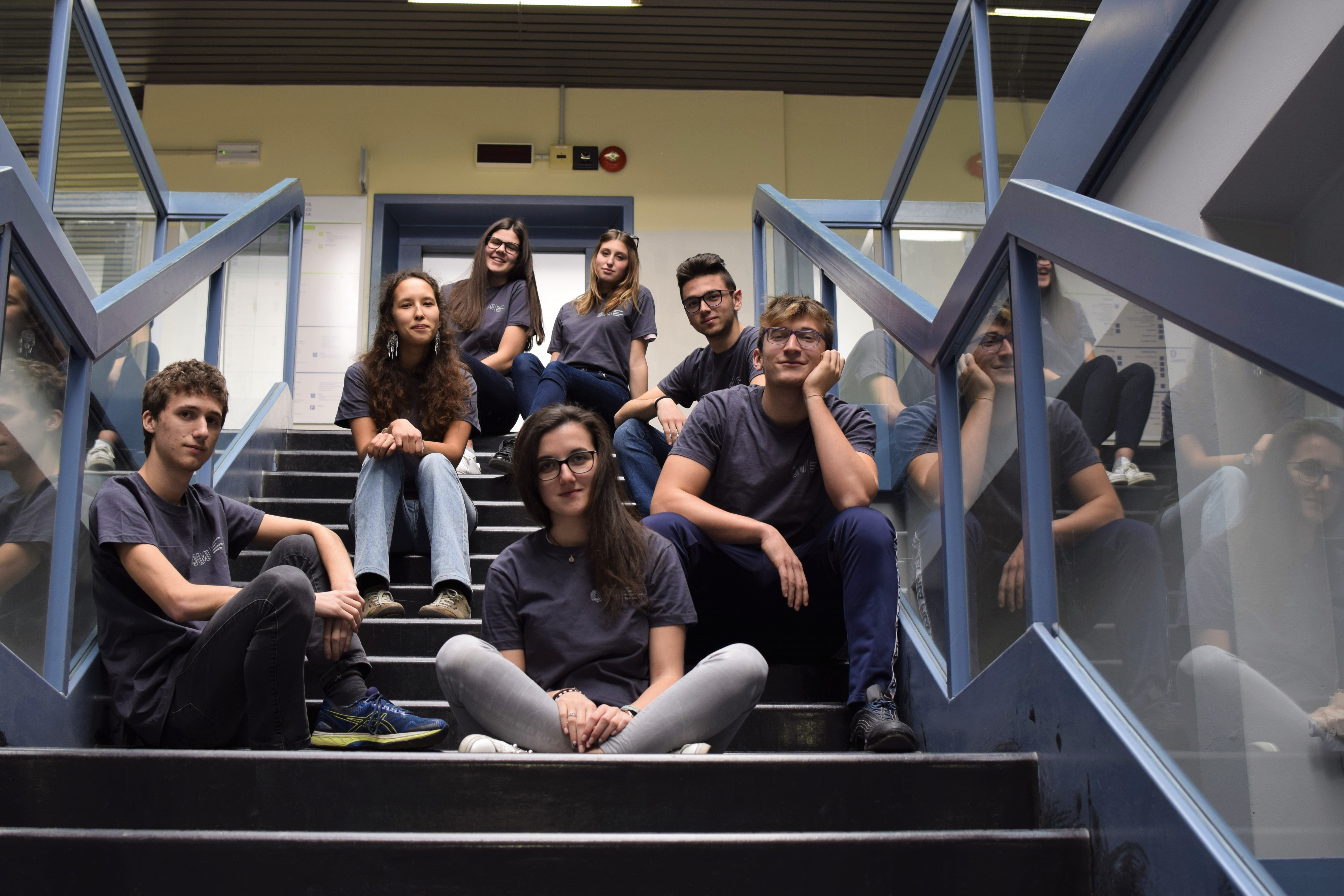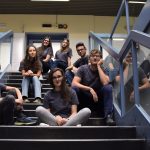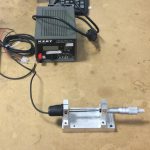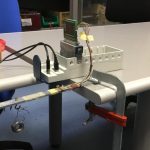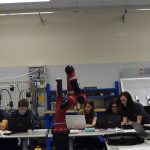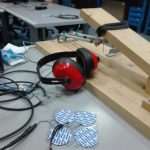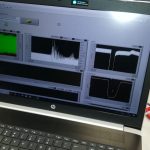From 21st January to 2nd February the Laboratory of Mechanical and Thermal Measurement of the University of Brescia will be hosting 8 students from the scientific secondary schools of Iseo and Salò for an internship focused on the recent redefinition of SI base units, supervised by the manager of the laboratory, Professor Matteo Lancini.
In the program, students learn about of the projects of the laboratory, participate to experiments, collect and analyze data and defines the concepts of estimation, uncertainty and repeatability.
The techniques of basic metrology are used to operate with data of experiments of calibration of load cell and LVDT, measurement of repeatability and position of cobot Sawyer and the study of the times of reaction and movement of the arm, obtained by a system of EMG and potentiometers, made by the students of the laboratory.
The analysis of the results permits to comprehend the meaning of the uncertainty as indicator of dispersion essential to connect probability and distance from estimation, and discredit the error theory, outdated in the scientific field, but still taught in secondary schools.
The studies on the uncertainty show the reasons of a necessary redefinition of the International System: for centuries the units were defined as quantities of objects that depend on stability of the prototype in time and which values are known with an uncertainty.
To overcome this problem, scientists tried to define all the units in reference to constants, and not to objects, obtaining in this way benefits in terms of consistency, stability and accuracy.
After the 1960 and 1983 Metre Convention, the mass remained the only fundamental quantity to have a physical prototype as a unit of measurement and be subjected to uncertainty of calibration and instability.
Only with the General Conference on Weights and Measures of November 16, 2018, the kilogram was redefined with physical constants.
The new definition of kilogram is realised thanks to the interdependence between the quantities of the SI; it reduces the uncertainty and permits getting more reliable and economical measurements concerning mass, strength and energy. This is a real revolution in scientific, pharmaceutical and industrial fields, which also makes the SI more democratic and accessible.
















